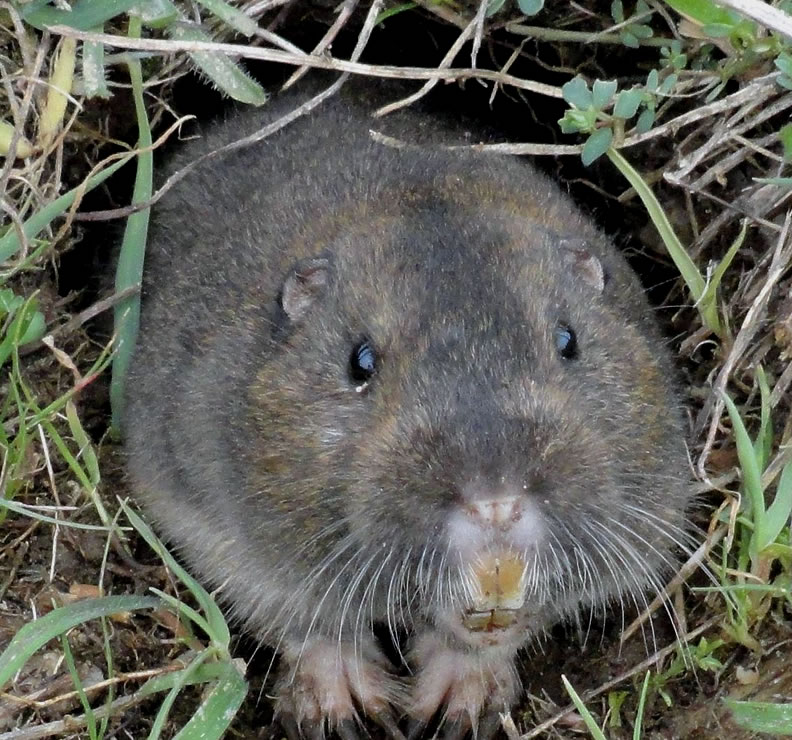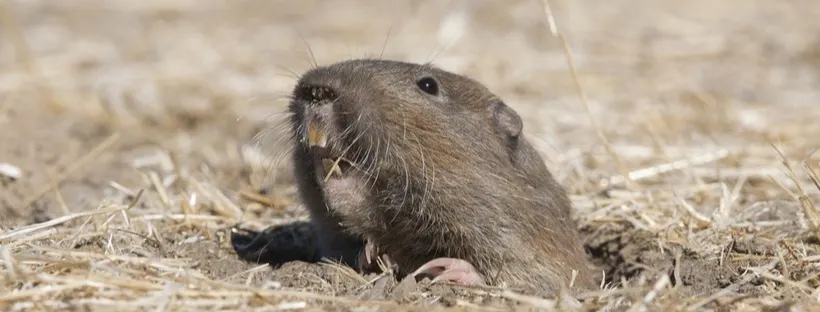Reliable Gopher Control Solutions: Say Goodbye to Burrowing Pests!
Wiki Article
Ultimate Insect Control Solutions for Tackling Persistent Gopher Invasion Issues
In the realm of insect control, gophers provide a distinct difficulty due to their relentless nature and damaging habits. Garden enthusiasts and homeowners usually find themselves secured in a battle of wits with these underground pests, seeking effective solutions to redeem their outdoor spaces. While the quest for gopher control may seem complicated, there exist targeted techniques and tools that can turn the trend in support of those seeking break from these delving nuisances. By exploring a comprehensive method that encompasses understanding gopher habits, employing specialized trapping techniques, taking advantage of repellents, and adopting lasting avoidance methods, a course towards efficient gopher management arises. The trip in the direction of accomplishing assurance in the face of gopher invasions starts with a intentional and enlightened technique.Comprehending Gopher Actions Patterns
Evaluating gopher actions patterns supplies important insights right into their habits and preferences, helping in the development of reliable bug control techniques. Understanding how gophers act is important in devising effective bug management strategies.Gophers are tunneling rodents understood for their substantial tunneling tasks. gopher pest control. By observing their habits, researchers have found that gophers are territorial animals, with each gopher generally populating its own passage system. These tunnel systems serve various purposes, consisting of nesting, food storage, and defense from killers
Moreover, gophers display specific feeding patterns, choosing origins, bulbs, and various other underground plant components. By comprehending their nutritional preferences, parasite control experts can strategically bait catches or carry out repellents that target these food resources, properly lowering gopher populations.
In addition, gophers are most energetic during certain times of the day, typically early morning and late mid-day. This knowledge can help in organizing insect control tasks for optimum efficiency. In general, a thorough understanding of gopher habits patterns is important for executing targeted and efficient bug control steps.
Efficient Catching Techniques
Understanding one of the most effective trapping techniques is vital for effectively taking care of gopher invasions and reducing damage to home. When managing gophers, catches are a humane and reliable technique for control. One of the most typically made use of catches is the box catch, which records gophers alive so they can be launched in other places. Placing catches in active tunnels is essential for success. Identify active passages by weighing down the ground; those repaired overnight are active. Setting traps at tunnel entrances or generally tunnel itself increases the probability of catching gophers. It's important to check traps regularly to guarantee trapped gophers do not endure and to eliminate recorded gophers without delay. Furthermore, effectively keeping catches by cleansing and resetting them boosts their performance. When utilizing traps, persistence is crucial as it might take some time to catch all the gophers. By utilizing these reliable trapping strategies, home owners can successfully take care of gopher invasions and shield their landscapes.Utilizing Deterrents and repellents
To enhance the efficacy of trapping strategies in taking care of gopher problems, building proprietors can explore the usage of repellents and deterrents as added tools in their parasite control toolbox. Repellents work by giving off smells or preferences that gophers discover unpleasant, driving them away from dealt with locations. Usual repellents consist of castor oil-based items, killer pee, and garlic-based sprays. These repellents create an obstacle that inhibits gophers from entering yards or excavating up yards. Deterrents, on the other hand, purpose to make the setting much less appealing to gophers by making use of vibrations or sound to mimic killers or develop disruptions that make the area unwelcoming for gophers. Solar-powered devices that send out sonic pulses or shaking stakes can aid discourage gophers from working out in certain areas. When including repellents and deterrents right into a pest control technique, it is important to comply with application guidelines carefully and frequently reapply the products to preserve their effectiveness in hindering gophers from causing damages to properties.Implementing Natural Control Techniques

An additional all-natural control approach involves using traps. Gopher catches can be positioned strategically in active tunnels to capture and get rid of the insects. These catches are a gentle means to manage gopher populations without considering poisonous substance or hazardous chemicals. Setting up underground barriers made of cable mesh or equipment towel can assist prevent gophers from getting in certain locations like yards or lawns. These obstacles interrupt their tunneling tasks and dissuade them from causing additional damage. By incorporating these natural control techniques, it is possible to properly take care of persistent gopher problems in a green fashion.
Incorporating Long-Term Avoidance Strategies
To establish long lasting control over gopher infestations, it is important to incorporate aggressive actions that focus on preventing future occurrences. Carrying out long-lasting avoidance approaches can considerably minimize the chance of gopher re-infestations. One effective technique is to mount below ground barriers made of wire mesh or hardware towel around susceptible locations like yards or yards. These obstacles function as a physical deterrent, protecting against gophers from tunneling into these rooms. Additionally, regularly evaluating and repairing any type of existing obstacles can aid preserve their performance with time.One more vital aspect of lasting avoidance is maintaining a clean yard or lawn. Gophers are drawn in to areas with plentiful food sources like roots, light bulbs, and plants. By maintaining greenery well-trimmed and getting rid of excess particles, you can make your home less appealing to gophers. Exercising correct waste management by disposing of organic materials without delay can help hinder these pests from taking up home on your land. By incorporating these positive actions into your insect control method, you can create a hostile environment for gophers, eventually decreasing the probability of future problems.

Final Thought
Finally, resolving gopher invasions needs a thorough strategy that combines capturing methods, repellents, all-natural control techniques, and long-lasting prevention strategies. By comprehending gopher actions patterns and using a mix of these remedies, property owners can successfully take care of consistent invasions and protect against future incidents. It is crucial to constantly check and keep these pest control steps to make certain a gopher-free atmosphere.By exploring an extensive approach that encompasses understanding gopher behavior, using specialized capturing methods, using repellents, and embracing lasting prevention methods, a path in the direction of efficient gopher monitoring arises. By observing their behavior, researchers have discovered that gophers are territorial creatures, with each gopher typically populating its own tunnel system. It's crucial to inspect traps frequently to make sure trapped gophers do not endure and to remove captured gophers immediately. Deterrents, on the other hand, objective to make the setting much less attractive to gophers by utilizing resonances or seem to simulate predators or produce disruptions that make the area inhospitable for gophers. Additionally, planting certain plant life that gophers dislike, such as castor bean plants or gopher spurge, can act as a deterrent.
Report this wiki page